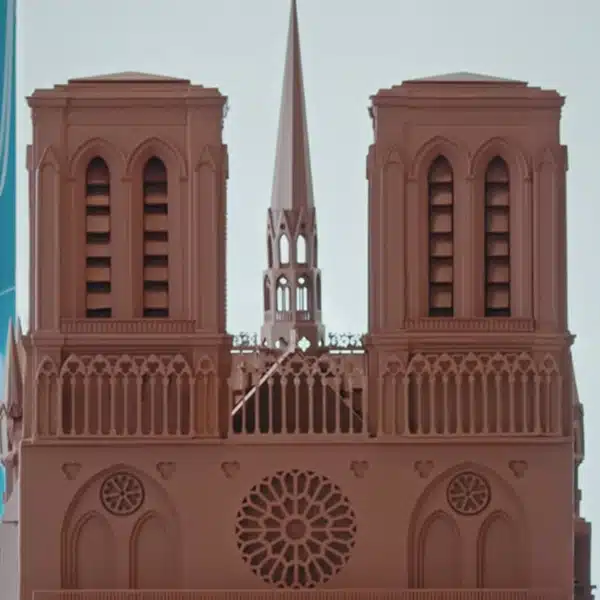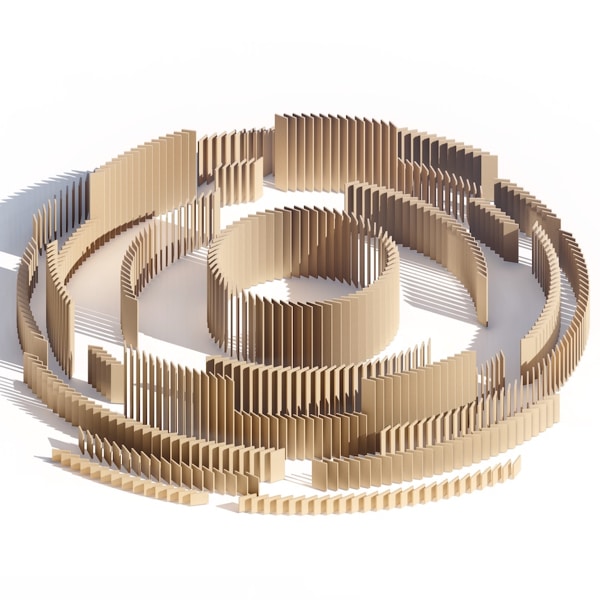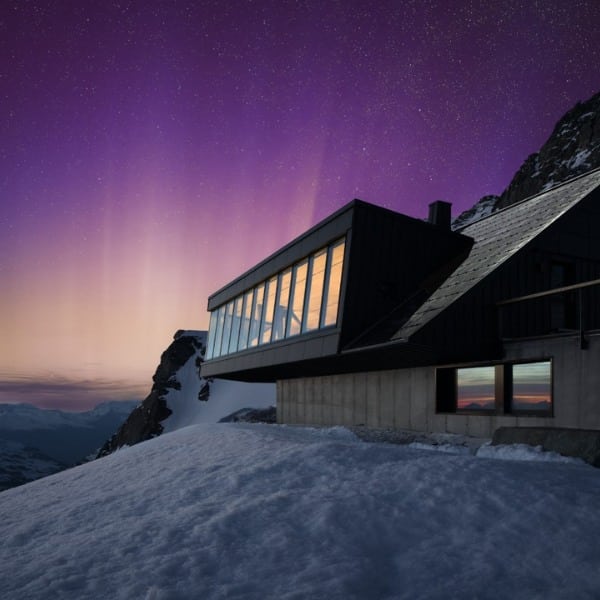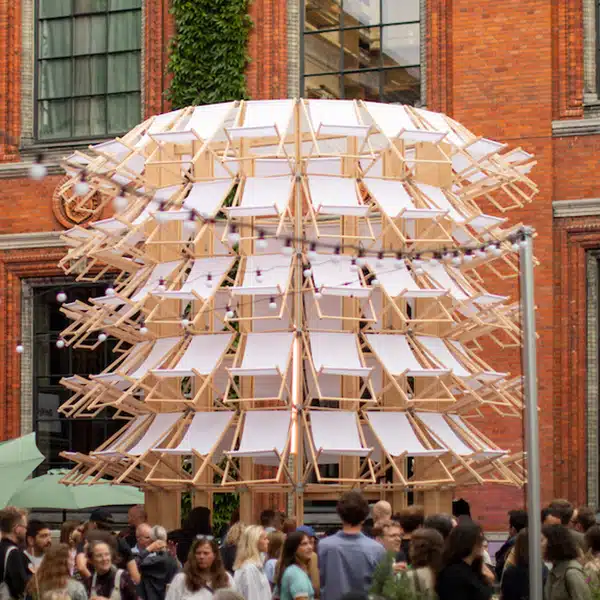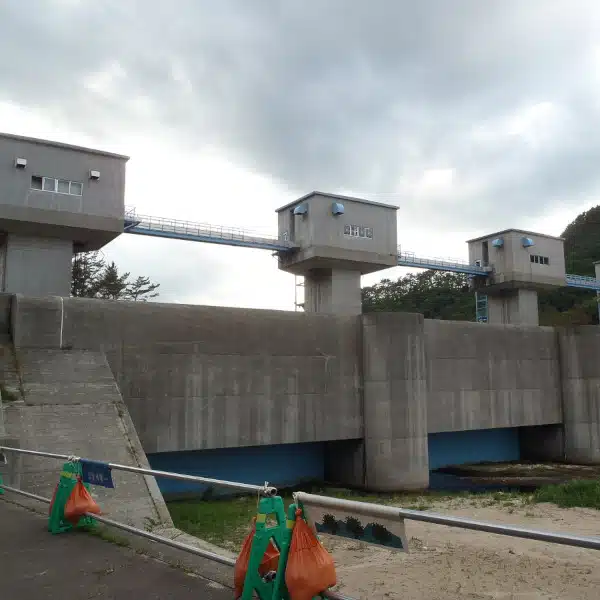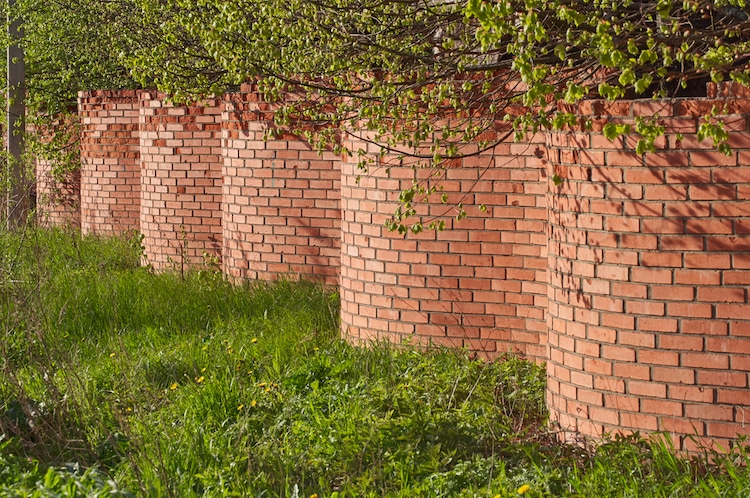
Photo: Stock Photos from Mikhail Leypounsky/Shutterstock
Sometimes a straight line isn't best. Take a brick wall, for instance. Did you know that wavy walls are actually a more effective, and cheaper, way to build a strong barrier? Known as crinkle crankle walls, or serpentine walls, this type of construction is quite popular in England. Typically used as garden walls, their curved appearance is about more than just aesthetics.
Looks can be deceiving, and though it may appear that building these serpentine walls is a waste of bricks, that couldn't be further from the truth. Crinkle crankle walls actually use fewer bricks than traditional straight walls. This is because their curved form provides enough stability so that just one layer of bricks can be used. If a straight wall used the same number of bricks, it would quickly fall over without buttressing. If you're looking for a someone to give a mathematical explanation about how they work, John D. Cook does an excellent job in this blog post.
These walls have a long history dating back to the 18th century, when they were built so that the sun would hit one side. This would allow them to be used to grow fruit. They're particularly popular in Suffolk, which has twice as many examples as the rest of the UK. Serpentine walls can also be found in the United States. The most famous example is at the University of Virginia, where Thomas Jefferson incorporated them into the architecture.
So the next time you see an ordinary brick wall, think about how many bricks—and money—could be saved by just adding a little curve.
Crinkle crankle walls became popular in the 18th century in the United Kingdom.
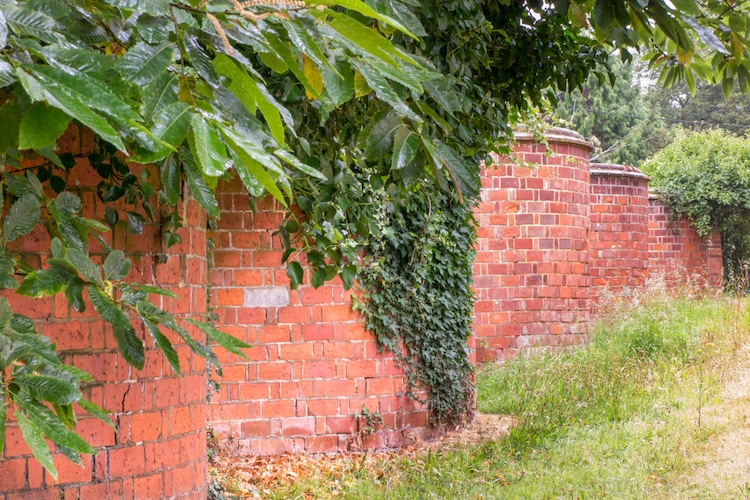
Photo: Stock Photos from Sarnia/Shutterstock
Their wavy pattern gives them stability with just a single layer of bricks.
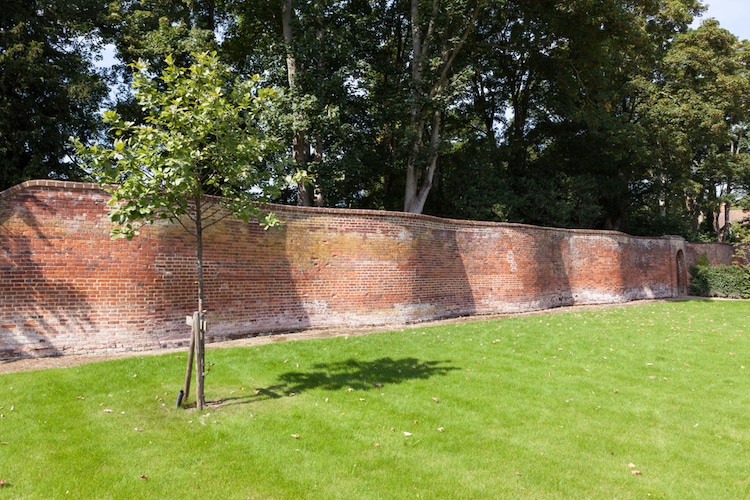
Photo: Stock Photos from AC Manley/Shutterstock
Thomas Jefferson incorporated serpentine walls into his design at the University of Virginia.
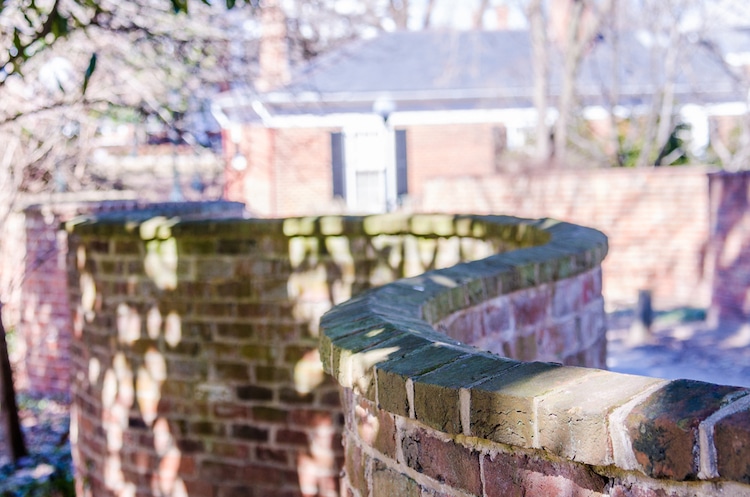
Photo: Stock Photos from Andriy Blokhin/Shutterstock
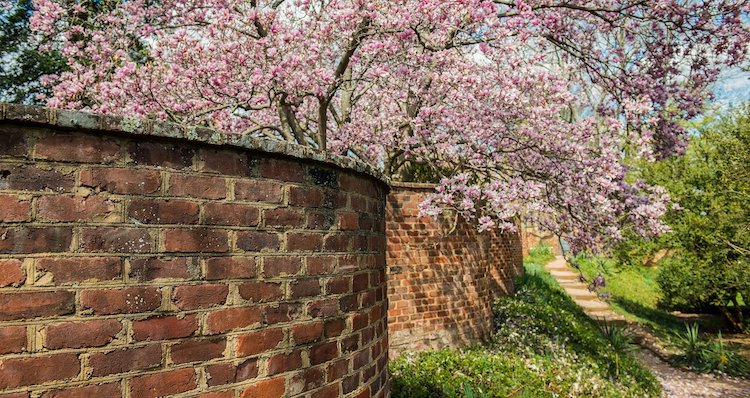
Photo: University of Virginia
h/t: [Twisted Sifter]
Related Articles:
Brick Wall Optical Illusion Stumps Thousands of Internet Users
6 Facts About the Monumental Great Wall of China
7 Fascinating Facts About England’s Mysterious Stonehenge
3,500-Year-Old Unfinished Obelisk Reveals Incredible Engineering of Ancient Egypt











































































